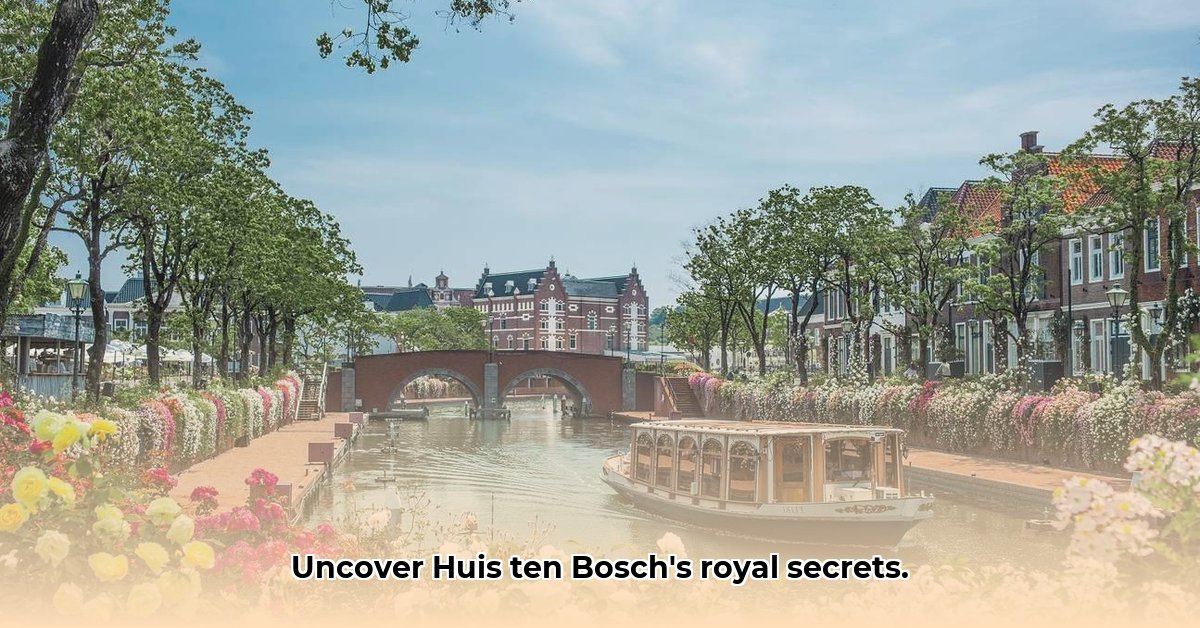
Waar Staat Huis Ten Bosch? A Royal Residence Unveiled
Imagine 1645: the rhythmic clang of hammers, the scent of fresh oak. Master craftsmen, guided by architects Pieter Post and Constantijn Huygens, are building a summer retreat for Prince Frederick Henry of the House of Orange-Nassau – Huis ten Bosch. But where exactly is this palace nestled? The answer is The Hague, a city steeped in history and political intrigue, a fitting location for such a grand residence. Isn't it fascinating how the very location reflects the palace's inherent significance? The Hague's rich history only adds to the royal allure of Huis ten Bosch.
From Humble Beginnings to Royal Grandeur: An Evolving Palace
Huis ten Bosch wasn't always the stately palace we see today. It started as a relatively modest summer house, a refuge from court life. However, as the House of Orange-Nassau's power and influence grew, so did the palace. Each monarch added their personal touch, reflecting evolving architectural styles and personal preferences. William IV's 18th-century makeover dramatically altered the exterior, a bold statement of ambition. Later, King Louis Napoleon infused the palace with the grandeur of the Empire style, adding a distinctly continental flair to the interior. This continuous evolution, spanning centuries, is what makes Huis ten Bosch truly unique. The palace itself acts as a chronicle of Dutch history.
More Than Bricks and Mortar: A Stage for History
Huis ten Bosch wasn’t just a home; it was a stage for pivotal historical events. In 1899, its halls hosted the First Hague Peace Conference – a gathering of international diplomats striving for peaceful relations. Can you imagine the atmosphere, the weight of history hanging in the air? This stately residence transformed into a global centre for diplomacy. Yet, the palace wasn't untouched by the devastation of the 20th century. World War II left its scars, the extent of which remains a topic of ongoing research. The discrepancies in historical records on the war damage only add to its intrigue, highlighting the need for further investigation.
A Future for the Past: Preserving a Legacy
Huis ten Bosch stands proudly in The Hague, a symbol of enduring royal heritage. But its future requires our commitment to preservation. Further research, particularly on the post-WWII restoration, is crucial. Digital archives, accessible to both the public and researchers, would be invaluable, facilitating wider appreciation and collaborative research efforts. Controlled public access, in the future, will allow broader appreciation of its magnificence and significant historical importance. Such initiatives will ensure that Huis ten Bosch continues to resonate with future generations. What better way to honour its past than to ensure its vibrant future? The palace’s legacy is not merely bricks and mortar; it’s a story waiting to be fully understood.
Huis ten Bosch: A Legacy of Resilience
The story of Huis ten Bosch Palace is not static; it's a continuous narrative. This magnificent building's journey, from a modest summer retreat to a symbolic national treasure, reflects the resilience of the Dutch people and the enduring power of history. Its evolution resonates with the changing political landscape of the Netherlands, illustrating the interplay between architectural design and shifting royal preferences. The ongoing efforts surrounding its preservation ensure that its story will continue to inspire and educate for generations to come. The palace’s legacy is not just a matter of stately elegance but a vital piece of Dutch cultural heritage. The detailed post-WWII reconstruction methods highlight just how pivotal its preservation is.